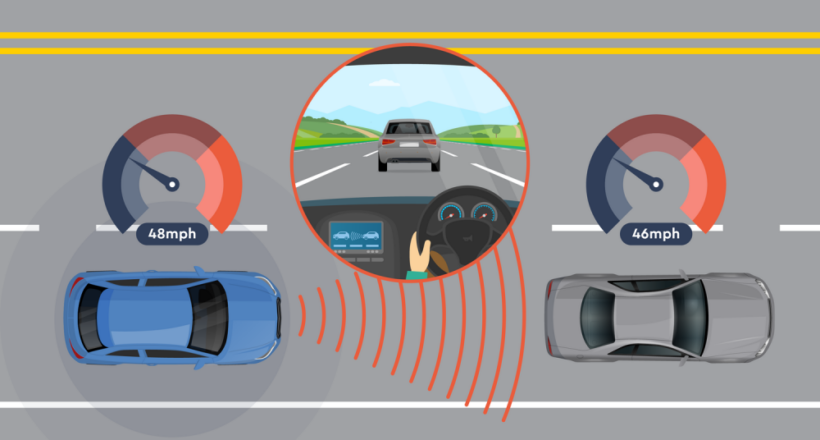The car industry has been obsessed with its safety features, and 2024 will be remembered as a watershed year in this quest. Modern automobiles include several safety systems to protect their occupants in the event of an accident. The newest advancements that have changed the way we drive and made our roads safer for everyone are the focus of our blog article, in which we list the top 14 safety features that every automobile should have in 2024.
Adaptive Cruise Control
Over the years, Adaptive Cruise Control has developed into a crucial safety element included in today’s automobiles. In 2024, ACC uses a variety of sensors, cameras, and radar to keep a safe distance between itself and the car in front of it. Your vehicle will automatically slow down or stop if traffic speeds up, protecting you from potentially disastrous rear-end crashes caused by driver mistakes. A personal injury lawyer can be your strongest advocate if things take a turn for the worse. According to the Chopin Law Firm, a prestigious group of New Orleans personal injury lawyers, “Attorneys will assess your case, negotiate with insurance companies, and fight for your rights to secure the compensation you deserve.” With their legal expertise, you can navigate the complexities of personal injury claims and focus on your recovery, knowing your best interests are in capable hands.
Lane Keeping Assistance (LKA)
On our highways, lane departure accidents are a major danger. By 2024, Lane Keeping Assist (LKA) had developed into a robust safety feature. LKA uses high-tech cameras to recognize lanes and gently guide your car back into its lane if you stray. To keep your vehicle from veering off the road, some systems are smart enough to detect and react to turns.
Blind Spot Monitors
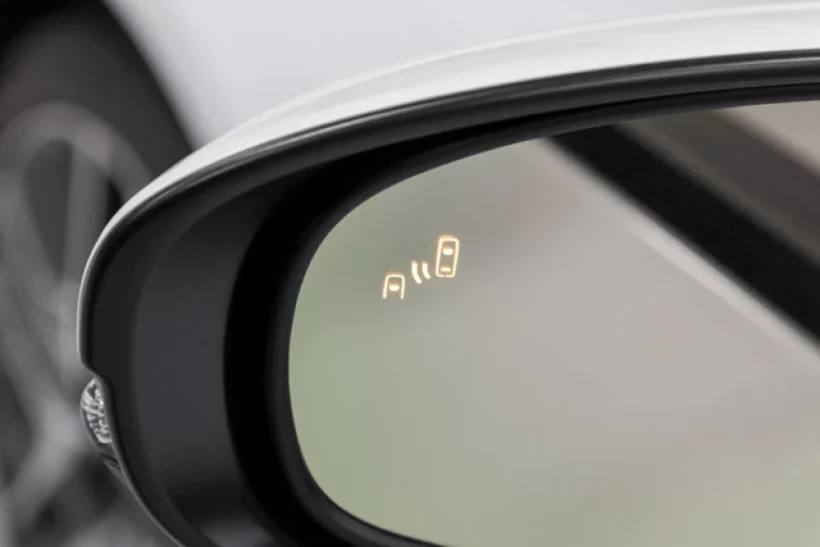
If you pay attention to your surroundings, changing lanes might be safe. In order to alert you to cars in your blind spots, Blind Spot Monitoring systems use high-tech sensors to detect their presence. More advanced systems even provide steering inputs to assist you in steering clear of obstacles and make lane changes risk-free.
Automatic Emergency Braking
Many modern vehicles now come equipped with AEB, which is a lifesaving feature. If the driver fails to respond in time to avoid an accident, AEB will apply the brakes using a mix of cameras, radar, and sensors. This technology plays a crucial role in improving road safety since it not only mitigates the effects of accidents but may potentially eliminate them.
Identifying and Safeguarding Pedestrians
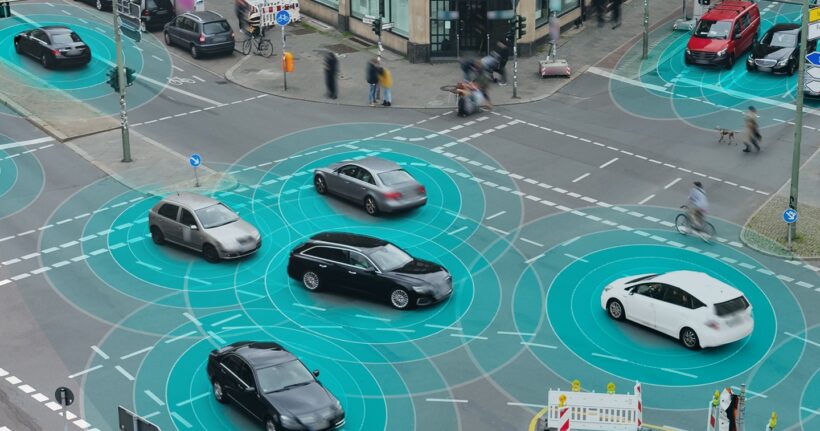
Modern automobile safety places a premium on pedestrian protection. In 2024, it will be common for vehicles to be equipped with pedestrian detection systems that can apply the brakes automatically if they detect a person in the vehicle’s path or provide warnings to the driver. This is an essential function in densely populated metropolitan areas, where pedestrian accidents are all too prevalent.
Rearview and All-Around Cameras
Parking in packed lots and maneuvering through congested streets are now easier and safer with the help of rearview and 360-degree cameras. These cameras provide an unobstructed view of the area immediately around the automobile, making it easier for the driver to avoid collisions with people and other cars. These cameras make maneuvers like parallel parking and fitting into a tight garage a snap.
Automatic Tire Pressure Monitoring
A quiet protector, TPMS informs the driver immediately if the tire pressure drops below the safe threshold. TPMS improves the vehicle’s stability, handling, and fuel economy by monitoring tire pressure. This safety function is especially important in bad weather or while traveling at high speeds, when underinflated tires are a major cause of accidents. With TPMS, drivers can relax and concentrate on the road since they know their tires are in good shape at all times.
Plenty of Airbags
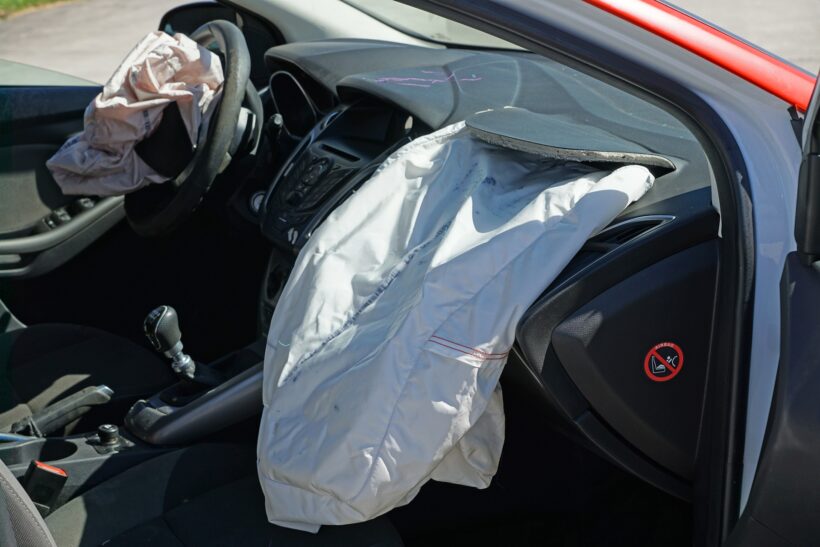
Airbags have been around for a long time, but in 2024, they’ve advanced to provide even more protection in the event of a crash. These days, it’s not uncommon to have airbags in the front, the sides, the knees, and even the backseats of automobiles. In the event of an accident, these airbags will be deployed to protect passengers from impact from all directions.
A New Generation of Driver Aids
Advanced Driver-Assistance Systems (ADAS) are the pinnacle of safety technology. The capabilities of these systems are extensive, extending from the ability to read road signs to adaptive steering and even limited autonomous operation. While ADAS cannot fully eliminate the necessity for a vigilant driver, it does provide a new level of safety and convenience to the road in 2024.
Systematic Analysis of Driver Fatigue
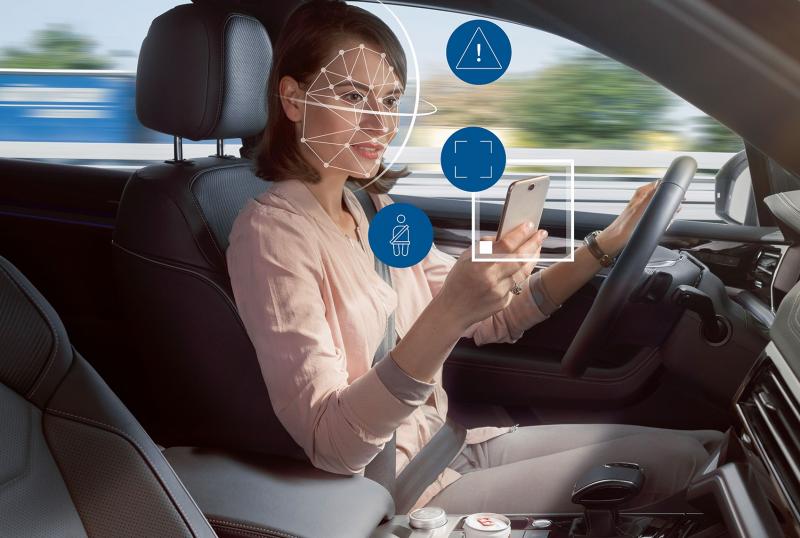
The ability of today’s vehicles to track the health of their drivers is improving rapidly. Cameras and sensors in fatigue-monitoring systems record the driver’s actions, such as how they steer and where they look. Audio alarms and seat vibrations might be activated if the system determines that the driver is becoming sleepy or distracted. To help keep the driver attentive, certain high-tech devices may even recommend a break or make modifications to the cabin illumination. Driver weariness is a major cause of vehicular accidents, but thanks to this technology, lengthy trips are safer for everyone.
Safety Devices for Avoiding Crashes
The degree of safety achieved by collision avoidance technologies is revolutionary. These systems use sensors and cameras to identify and avoid dangerous situations, such as those involving other cars, people, or barriers. In order to prevent or lessen the impact, the driver may use the brakes the steering wheel, or change the vehicle’s speed. Collision avoidance systems play a vital role in decreasing the severity of accidents and saving lives by offering an extra layer of safety.
Modular and Adaptive Suspension
Adaptive suspension systems improve not only ride pleasure but also security. These systems constantly adjust suspension settings to account for changes in driving conditions and road surfaces. The suspension may tighten up to keep the vehicle stable and under control when an abrupt motion is recognized, such as swerving to avoid an obstruction or making a rapid curve. On the other side, while driving normally, the suspension may provide a more relaxing experience. The chance of a rollover or other loss of control is reduced, and the vehicle’s handling is enhanced, thanks to this technology.
Detection and Warning of Crossing Traffic
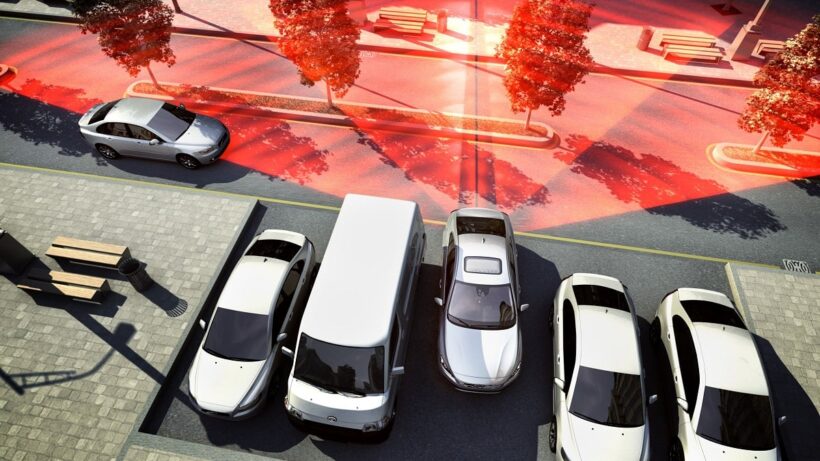
Parking lots and crossroads benefit greatly from cross-traffic warning systems. These systems monitor side traffic using radar or sensors, alerting the driver of oncoming cars that may not be in their line of sight owing to obstacles. When reversing out of a parking position between huge automobiles, for example, vision is severely restricted. Vehicles equipped with cross-traffic warning systems improve traffic safety in densely populated areas.
Superior Night Vision Equipment
Reduced vision makes nighttime driving more difficult. Infrared sensors in advanced night vision systems scan the road ahead for obstacles like people and animals that your headlights would normally miss. This technology gives you a crystal-clear picture of what’s up ahead on the road, illuminating dangers long before they enter your beam of light. There is much less of a chance of an accident happening when driving at night, thanks to improved night vision equipment.


